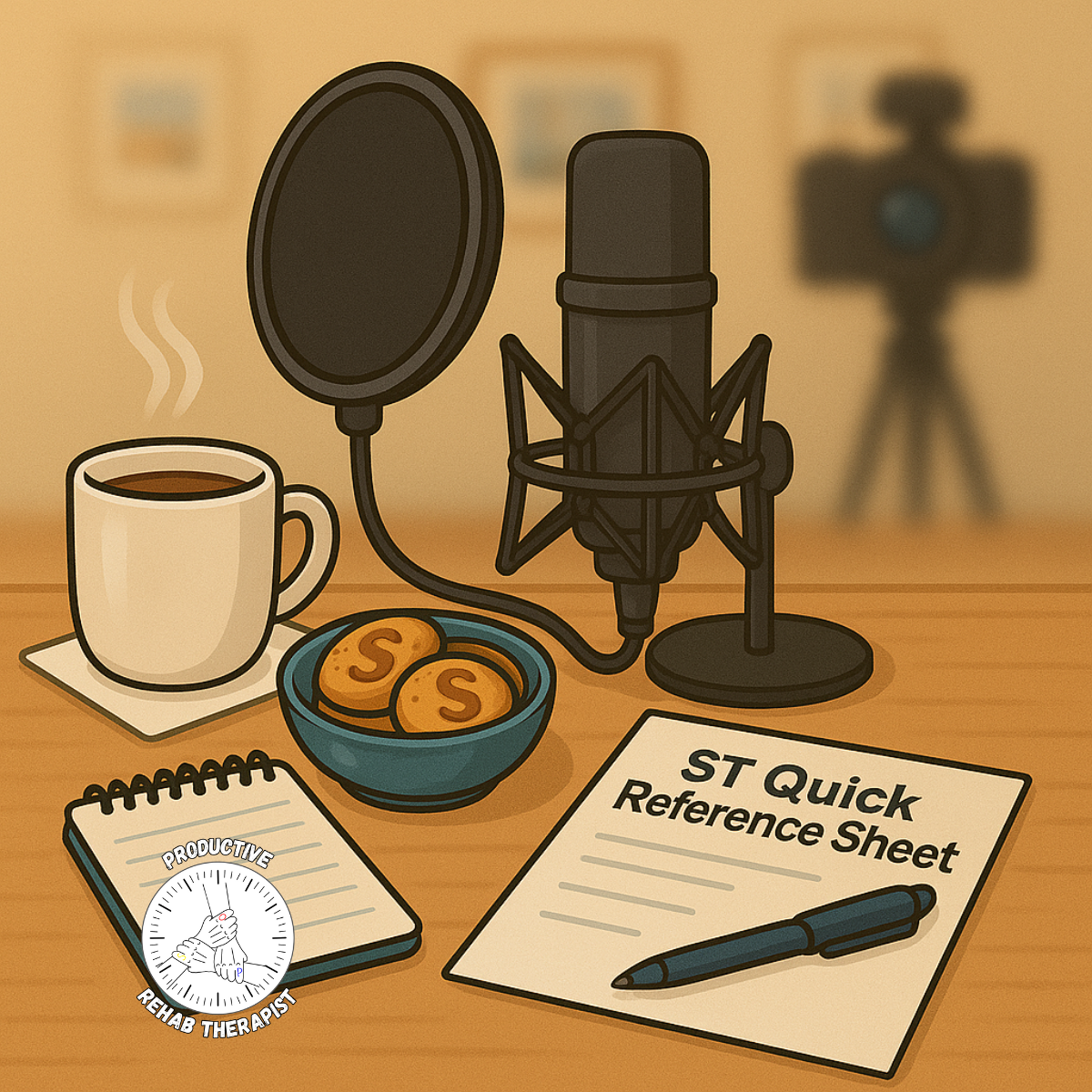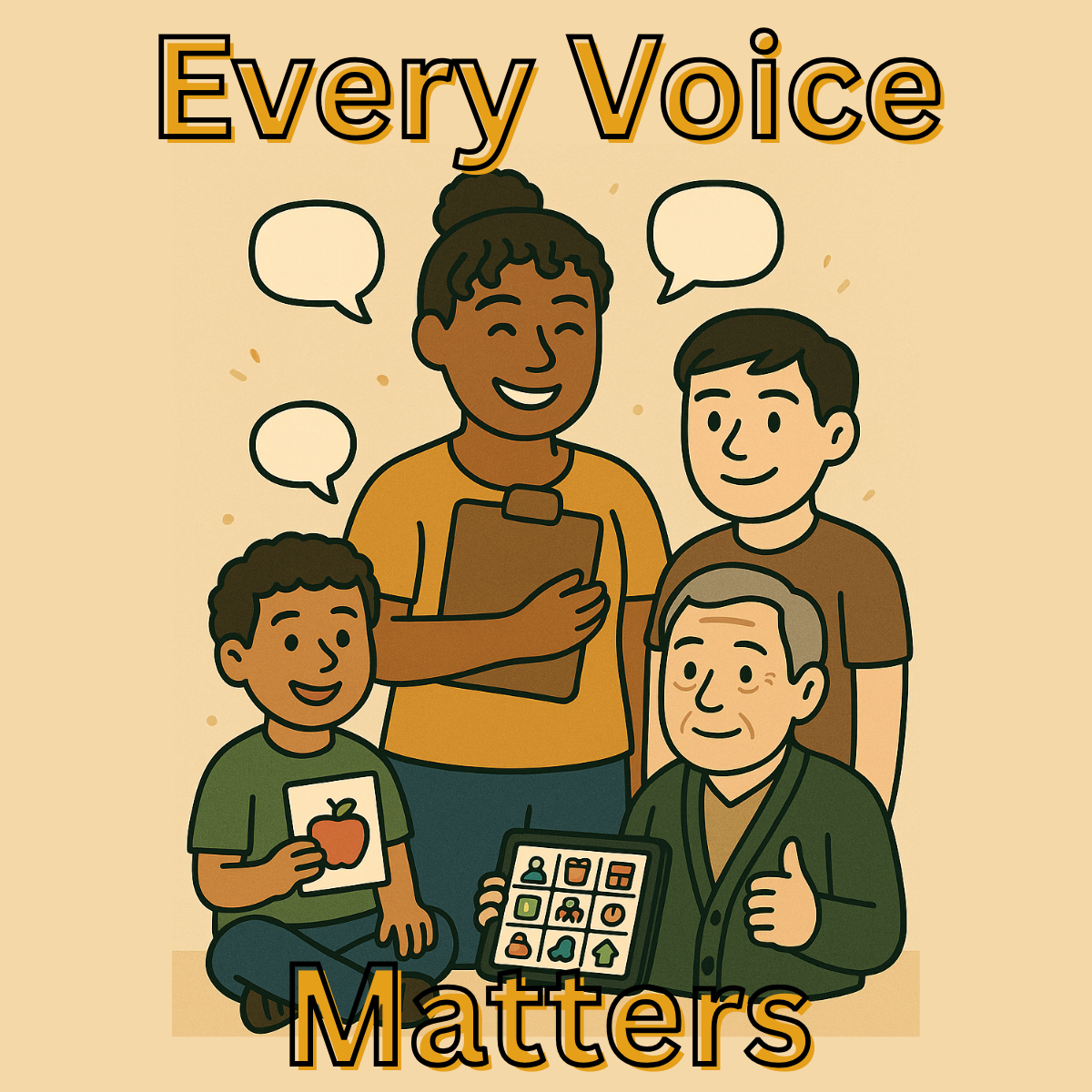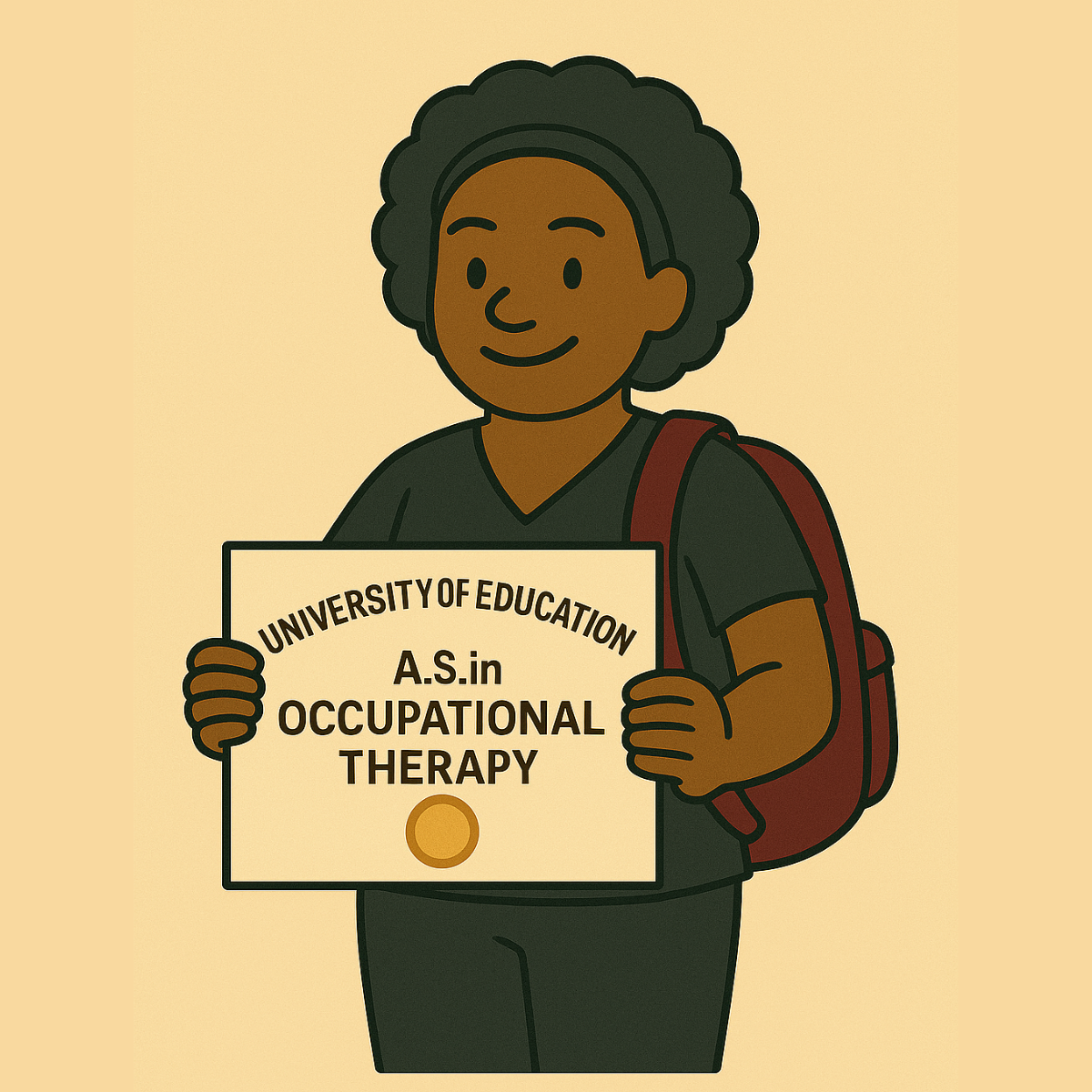8-minute read
Intro: The SLP World Is Going Viral—and It’s About Time
If you’ve ever asked, “What does a speech therapist actually do?”—you’re not alone. For years, speech-language pathologists (SLPs) have worked quietly behind the scenes, helping clients of all ages find their voice—literally and figuratively. But now, thanks to the rise of #SLPTok on TikTok and other social platforms, the mystery is fading. Social media is finally putting a spotlight on what speech therapists really do, and spoiler alert: it’s way more than just helping kids pronounce their “R’s.”
From AAC devices to school-based therapy, medical rehab to adult swallowing therapy, #SLPTok is showcasing the real-life work of licensed SLPs. Let’s take a closer look at how these creators are reshaping public understanding—and the tools and tips commonly associated with their specialties.
Section 1: What Is #SLPTok and Why Is It Important?
#SLPTok is a hashtag movement where licensed speech-language pathologists share tips, debunk myths, and show what their day-to-day really looks like. In an era of short attention spans, TikTok has become a powerful educational tool. For many, it’s the first time they’re seeing the full scope of what SLPs do—from helping a child say “mama” to teaching adults how to swallow again after a stroke.
Why it matters:
- It raises awareness of SLP roles in schools, hospitals, homes, and online.
- It helps families and caregivers recognize signs of communication delays.
- It encourages future therapists to explore non-traditional SLP careers.
Section 2: Meet the SLPs of TikTok (And the Tools They Recommend)
This post contains affiliate links. If you click on a link and make a purchase, I may earn a small commission—at no extra cost to you. As an Amazon Associate, I earn from qualifying purchases. I only recommend tools I trust or those used by licensed SLPs.
Here are eight standout SLPs from TikTok, each representing a unique specialty—plus affiliate-linked tools you can explore to learn more or support the journey.
1. Ms. Rachel (@msrachelforlittles): Pediatric / Early Intervention

Beloved by parents and toddlers alike, Ms. Rachel uses music and repetition to support language development. Her content is often recommended by early intervention SLPs.
Tools inspired by her approach:
- Baby Sign Language Board Books
- Visual Flashcards for Toddlers
- Interactive Sound Toys
- First Words book sets
2. Brenda Volk (@spillthespeech): School-Based SLP

Brenda Volk, known as @spillthespeech on TikTok, is a seasoned school-based speech-language pathologist who shares invaluable insights into the daily life of an SLP in educational settings. Her content includes practical strategies for managing caseloads, effective therapy activities, and scheduling tips, making her a go-to resource for fellow SLPs and educators.
Tools inspired by her approach:
- Articulation Card Decks
- Dry Erase Boards for Speech
- SLP Planner or Binder
- Classroom speech sound posters
3. Chung Brewer, CCC-SLP (@adultspeechtherapy.co): Geriatric SLP

Chung Brewer is a certified speech-language pathologist who specializes in adult and geriatric care. Through her TikTok account, @adultspeechtherapy.co, she shares valuable resources and therapy ideas tailored for older adults. Her content includes accessible visual aids, cognitive-communication strategies, and swallowing therapy techniques aimed at enhancing the quality of life for seniors.
Geriatric SLP aids:
4. Beth Riehle (@beth_riehle): Medical SLP / Cancer Recovery

Beth documents her powerful journey of relearning to speak after tongue cancer. Her recovery highlights the critical role SLPs play in medical rehab.
Therapy resources:
- Speech Therapy Mirrors
- Speech Recovery Workbooks
- TheraBand resistance sets (often used for oral motor rehab)
- Low-profile hydration bottles for limited tongue mobility
5. Elena (@peds_slp): Early Intervention SLP

Elena is a certified speech-language pathologist specializing in early intervention for toddlers. Through her TikTok account, @peds_slp, she shares valuable resources and therapy ideas tailored for young children. Her content includes accessible visual aids, play-based strategies, and parent coaching techniques aimed at enhancing communication skills in toddlers.
Early Intervention SLP aids:
6. Chris Wenger (@speechdude): AAC & Neurodiversity

A champion of neurodiverse learners, Chris focuses on AAC and accessible education for students with complex needs.
AAC device suggestions:
- Talking Mirror
- Core Word Communication Boards
- Fidget Tools Set for neurodivergent learners
- iPad case with strap (for AAC users)
7. Maurice Goodwin (@maurice_goodwin): Non-Traditional Career Path

Maurice speaks candidly about transitioning from traditional SLP work to new ventures. His journey is a breath of fresh air for SLPs seeking alternative routes.
Suggested resources:
- Ergonomic Chair
- Sit-to-Stand Desk
- Ergonomic Keyboard and Mouse
- Footrest
- Wrist Rest
- Desk Lighting
- Document Holder
- Coffee Warmer
8. Carrie Clark (@carrie_clark_slp): AAC Specialist / Child Communication

Carrie provides tutorials for AAC implementation at home or in therapy, demystifying complex communication tools for parents and teachers.
Suggested tools:
- Talking Buttons for AAC
- PECS Communication Cards
- AAC Support Guidebooks for parents and teachers
Section 3: The Bigger Picture—#SLPTok as Advocacy and Education
Social media is more than just entertainment. For the speech community, it’s:
- Representation: Clients see themselves reflected.
- Education: Parents, caregivers, and future therapists learn what SLPs really do.
- Connection: Professionals build community, reduce burnout, and promote clinical best practices.
Credible External Resources:
- ASHA – American Speech-Language-Hearing Association
- NIDCD – National Institute on Deafness and Other Communication Disorders
Conclusion: Give Voice to the Work That Matters
Social media is giving SLPs the mic—and they’re using it to amplify the truth: Speech therapists do so much more than people think. Whether it’s teaching a child to ask for help, helping a stroke survivor speak again, or guiding a family through AAC options, their work changes lives.
Want a deeper dive into practical tools and strategies SLPs use every day?
Get Your Free Quick Reference Sheets

Keep high-impact clinical tools at your fingertips. Perfect for students, therapists, and caregivers.
Now Available: OT Pocket Guide

Your go-to reference for evaluations, interventions, documentation, and more.
Coming Soon:
- ST Pocket Guide – May 2025
- PT Pocket Guide – October 2025

Each guide expands on the cheat sheets with actionable clinical strategies, simplified charts, and quick-access formats.



























